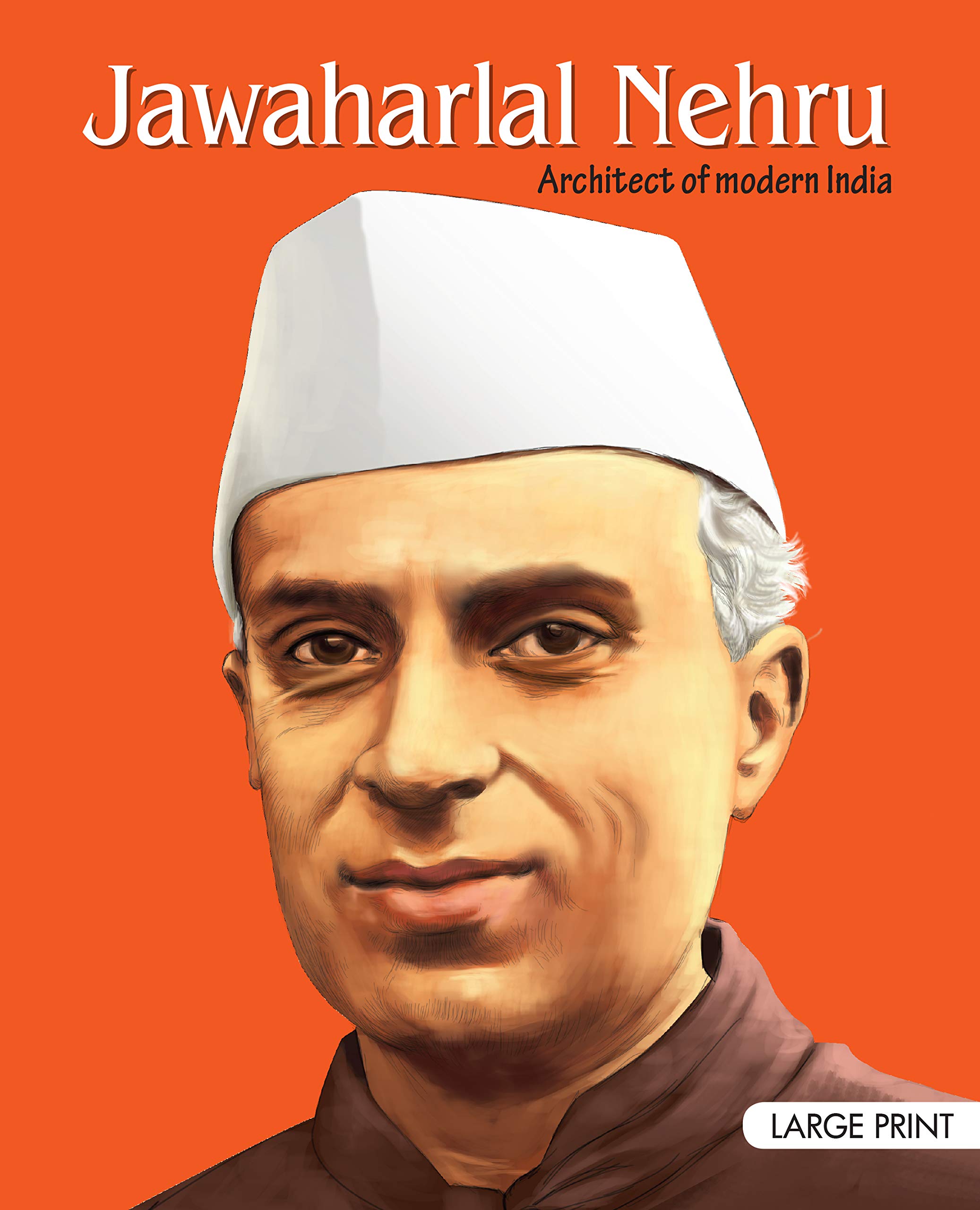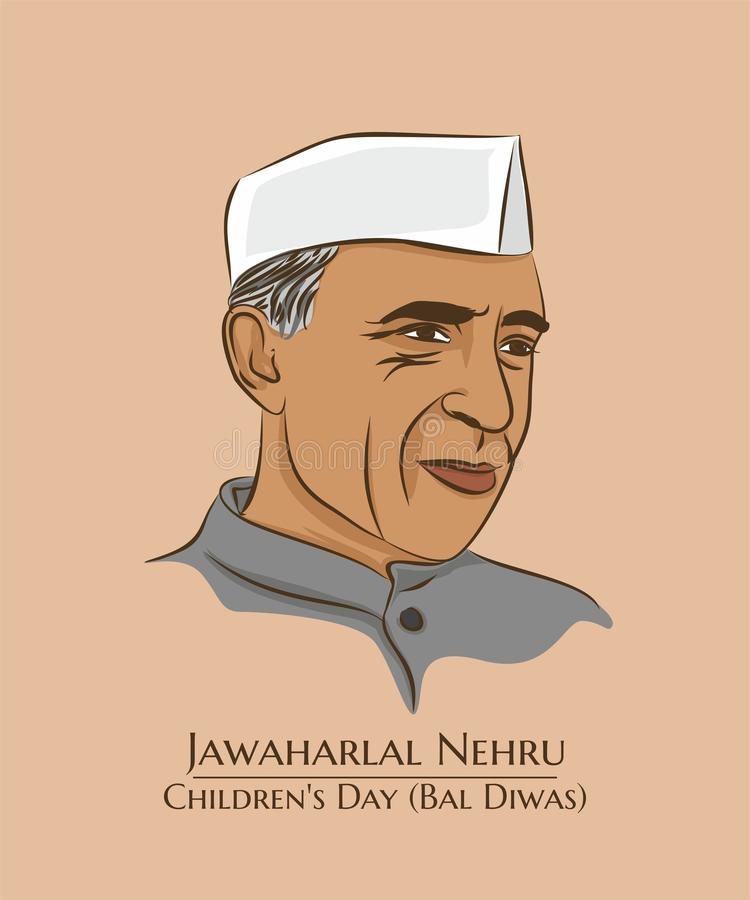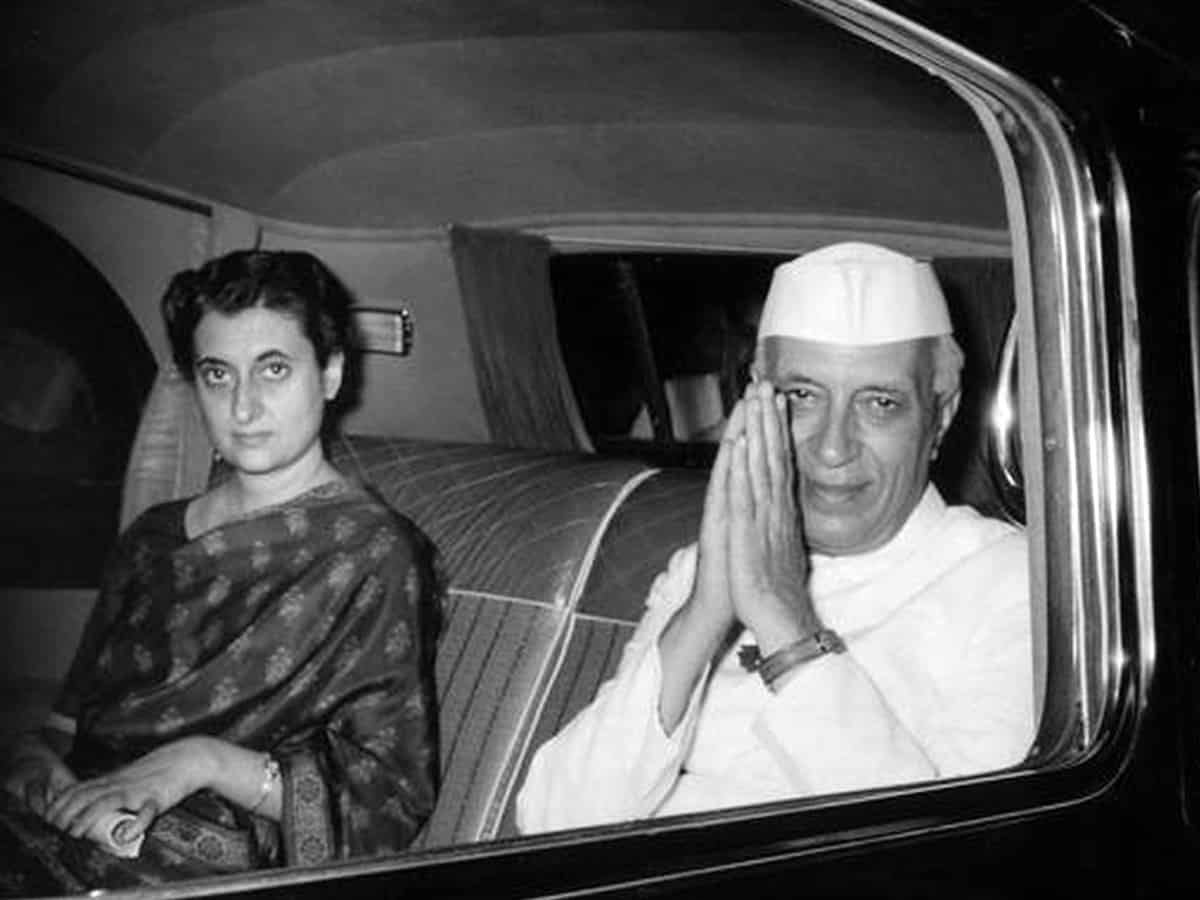Table of Contents

Jawahar Lal Nehru’s Biography
Jawaharlal Nehru’s birthday is celebrated as Children’s Day in India. He was born on 14 November 1889 in Allahabad, Uttar Pradesh. He was the first Prime Minister of independent India and a leader of India’s nationalist movement. Here, we are providing a short biography on Jawaharlal Nehru depicting his early life, family, education, political journey, and works.
Jawaharlal Nehru Wiki Profile
| Criteria | Details |
| Born on | 14 November 1889 |
| Died on | 27 May 1964 |
| Place of Death | New Delhi |
| Cause of Death | Heart attack |
| Place of Birth | Allahabad, Uttar Pradesh, India |
| Father’s Name | Motilal Nehru |
| Mother’s Name | Swarup Rani Nehru |
| Spouse | Kamala Nehru |
| Children | Indira Gandhi |
| Education | Trinity College, Cambridge; Harrow School, London; Inns of Court School of Law, London |
| Occupation | Barrister, Writer, and Politician |
| Political party | Indian National Congress |
| Political Ideology | Socialism, Nationalism, Democracy |
| Award | Bharat Ratna |
| Publications/Works | The Discovery of India, Jawaharlal Nehru’s Autobiography, Glimpses of World History, Letters from a Father to his Daughter, etc. |
| Memorial | Shantivan, New Delhi |
Nehru’s Childhood and Early Age:
He grew up in a privileged atmosphere in rich homes. His father trained him by private governesses and tutors. Nehru became interested in science and theosophy under the influence of Ferdinand T. Brooks’ tutelage. At the age of thirteen, family friend Annie Besant subsequently introduced him to the Theosophical Society. For nearly three years Brooks was with me and in some ways, he influenced me greatly.
Jawahar Lal Nehru Education:
In October 1907, Nehru visited Trinity College, Cambridge, and graduated with an honours degree in science in 1910. He also studied politics, economics, history, and literature with little interest during this time. Most of his political and financial philosophy was molded by the writings of Bernard Shaw, H. G. Wells, John Maynard Keynes, Bertrand Russell, Lowes Dickinson, and Meredith Townsend.
After completing his degree in 1910, Nehru moved to London and studied law at the Inner Temple Inn. During this period, including Beatrice Webb, he continued to research the Fabian Society scholars. He was called to the Bar in 1912.

Also Read:
List of Prime Minister of India
Biography of Sandeep Maheshwari
Jawaharlal Nehru: Political Journey
– He attended the Bankipore Congress as a delegate in 1912.
– In 1919, he became the Secretary of the Home Rule League, Allahabad.
– In 1916, the first time he met with Mahatma Gandhi, and was immensely inspired by him.
– In 1920, he organised the first Kisan March in the Pratapgarh district of Uttar Pradesh.
– Due to the Non-Cooperation Movement (1920-22), he was imprisoned twice.
– In September 1923, he became the General Secretary of the All India Congress Committee.
– In 1926, he toured Italy, Switzerland, England, Belgium, Germany, and Russia.
– As an official delegate of the Indian National Congress, he had attended the Congress of oppressed Nationalities in Brussels in Belgium.
– In 1927, he attended the tenth-anniversary celebrations of the October Socialist Revolution in Moscow.
– During the Simon Commission in 1928, he was lathi-charged in Lucknow.
– He attended the All-Party Congress on 29 August 1928 and was one of the signatories to the Nehru Report on Indian Constitutional Reform that was named after his father Shri Motilal Nehru.
– In 1928, he founded the ‘Independence for India League’ and became its General Secretary.
– He was elected the President of the Lahore Session of the Indian National Congress in 1929. In this session only, the complete goal for the independence of the country was adopted.
– During 1930-35, he was imprisoned several times, due to the connection with Salt Satyagraha and other movements launched by the Congress.
– On 14 February 1935, he had completed his ‘Autobiography’ in Almora Jail.
– After releasing from jail, he went to Switzerland to see his ailing wife.
– He was again arrested for offering an individual Satyagraha on 31 October, 1940 to protest against India’s forced participation in the war.
– In December 1941, he was released from jail.
– At the ‘All India Congress Committee’ session in Bombay on 7 August, 1942, Pt. Jawaharlal Nehru moved the ‘Quit India’ resolution.
– He was arrested with other leaders on 8 August, 1942 and taken to Ahmednagar Fort. This was the longest and his last detention.
– He was released from Jail in January 1945 and organised a legal defence for officers and men of the INA charged with treason.
– In July, 1946, for the fourth time, he was elected as the President of the Congress and again for three more terms from 1951 to 1954.
In this way, he became the first Prime Minister of independent India. He was the first Prime Minister to hoist the national flag and make his iconic speech “Tryst with Destiny” from the ramparts of the Lal Quilla (Red Fort).
Jawaharlal Nehru Major Works after becoming the Prime Minister of India
- He imparted contemporary values and philosophy.
- He focused on a liberal, secular attitude.
- He concentrated on India’s fundamental unity.
- By adopting the first five-year plans in 1951, he promoted democratic socialism and encouraged India’s industrialization.
- By fostering higher learning, it helped in the growth of science and technology.
- Initiated several social changes as well, such as free lunches for Indian children, free public education, legal rights for women, such as the right to inherit property and laws banning caste-based discrimination, the freedom to divorce their spouses etc.

Jawaharlal Nehru: Legacy
He believed in pluralism, socialism, liberalism, and democracy. He had an immense love for children and so, his birthday is celebrated as Children’s Day in India. He supported and generated a way for India’s education by envisioning the top tier institutions of India including the Indian Institute of Technology, All India Institute of Medical Sciences and India’s first Space Program, etc.
In fact, Shyam Benegal created a TV series “Bharat Ek Khoj” that was based on Jawaharlal Nehru’s famous book, Discovery of India. In Richard Attenborough’s biopic ‘Gandhi’ and Ketan Mehta’s ‘Sardar’, Jawaharlal Nehru was featured as a prominent character.
Jawaharlal Nehru: Death
On 27 May 1964, he died due to a heart attack. He was cremated at the Shantivan on the banks of the Yamuna River in Delhi.
FAQs reladed Jawahar Lal Nehru
When was Jawaharlal Nehru born?
Jawaharlal Nehru was born on 14 November, 1889 in Allahabad, Uttar Pradesh into an affluent Kashmiri Brahman family.
From where did Jawaharlal Nehru complete his studies as a barrister?
At the Inner Temple, London, Jawaharlal Nehru had completed his studies for a barrister.
When did Jawaharlal Nehru get married?
Jawaharlal Nehru got married in 1916 to Kamala Kaul and settled in Delhi. In 1917, Indira Priyadarshini (Indira Gandhi) was born.
When did Jawaharlal Nehru first time meet Mahatma Gandhi?
Jawaharlal Nehru in 1916 met first time Mahatma Gandhi and was immensely inspired by him.
